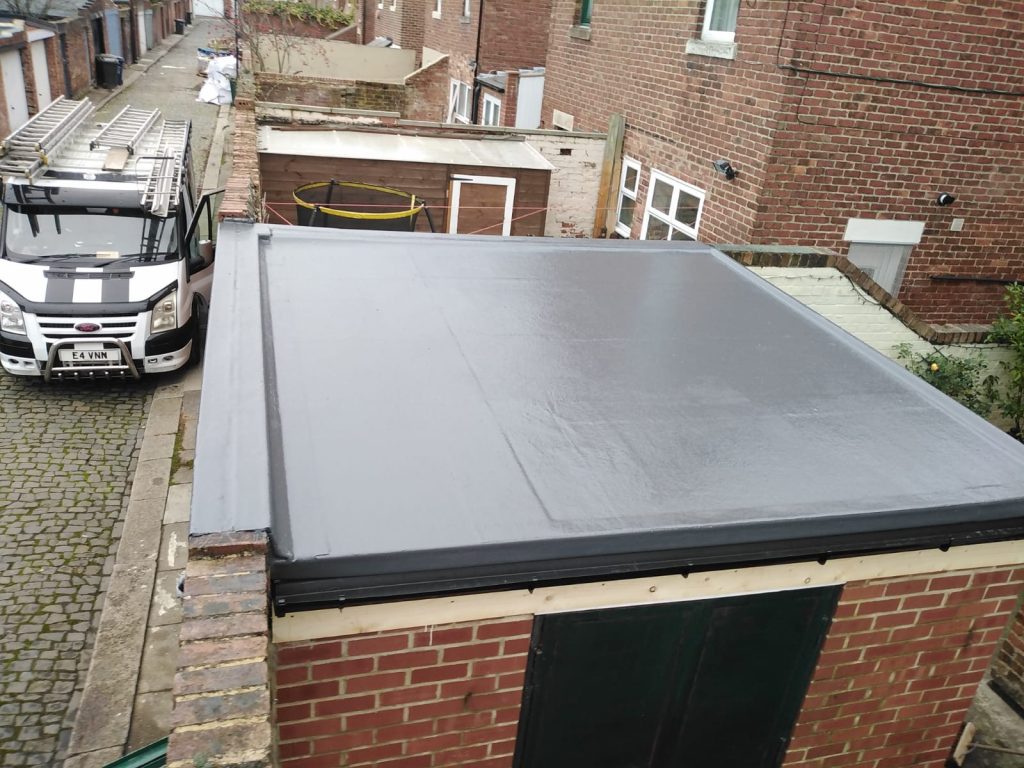GRP, or Glass Strengthened Plastic, is a popular substance selection for smooth roofing systems because of its durability, flexibility, and long-term performance. A GRP level top consists of numerous levels of reinforced fiberglass matting, bonded along with a particular resin, and completed with a solution coat to offer a smooth, waterproof surface. That construction technique generates a seamless membrane that is resilient to water ingress, UV destruction, and severe climate conditions, which makes it an ideal selection for equally residential and industrial properties.
Among the critical features of GRP level roofing is their exemplary longevity and longevity. Unlike conventional felt or bitumen roofing components, GRP is resistant to cracking, warping, and rust, ensuring that the top keeps its reliability and performance over time. Moreover, GRP flat roofs involve minimal maintenance and are highly resistant to moss, algae, and other designs of natural growth, reducing the need for regular cleaning and upkeep.
Yet another advantageous asset of GRP flat roofing is their versatility and flexibility to different architectural models and design requirements. GRP could be simply shaped and designed to allow for complex roof geometries, including curves, angles, and protrusions, enabling easy integration with existing structures or the formation of distinctive top designs. Also, GRP smooth roofs may be finished in a wide range of shades and designs to match the visual choices of the home owner, giving countless style possibilities.
GRP smooth roofing systems also provide outstanding thermal and audio padding homes, supporting to improve power performance and lower noise indication within the building. By minimizing heat reduction and preventing cool connecting, GRP level roofs contribute to reduce heating and cooling charges throughout the year, leading to long-term savings for the house owner. Moreover, the smooth character of GRP roofing eliminates the chance of water penetration and water, producing a healthy and much more comfortable indoor environment for occupants.
Furthermore, GRP flat roofing techniques are lightweight and simple to set up, lowering structure time and labor prices in comparison to old-fashioned roofing materials. The flexibility of GRP enables quick and efficient installment on both new structure projects and roof refurbishments, reducing disruption to occupants and ensuring regular completion of the roofing project. Also, GRP level roofs are suitable for a wide range of roof accessories, including skylights, roof windows, and solar panels, enabling for easy integration of other functions to enhance the efficiency and aesthetics of the roof.
GRP level roofing programs are also environmentally friendly and sustainable, making them a favorite selection for eco-conscious property owners. GRP is completely recyclable at the conclusion of its service living, lowering waste and minimizing environmentally friendly affect of roofing projects. Additionally, the energy-saving properties of GRP flat roofs lead to lessen carbon emissions and reduced power use, helping to produce a greener and more sustainable created environment.
In summary, GRP flat roofing presents numerous advantages over traditional roofing resources, including excellent longevity, usefulness, power effectiveness, and sustainability. Using its seamless structure, simple installation, and low maintenance needs, GRP grp flat roofing roofs give long-term safety and satisfaction for house owners. Whether utilized in residential, industrial, or industrial purposes, GRP flat roofing systems offer a reliable and cost-effective option for waterproofing and weatherproofing smooth roofs, ensuring years of reliable performance and protection.

